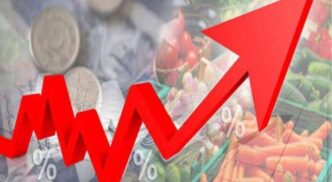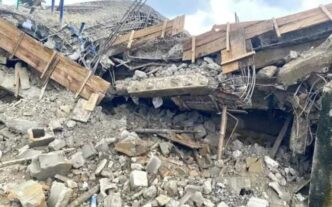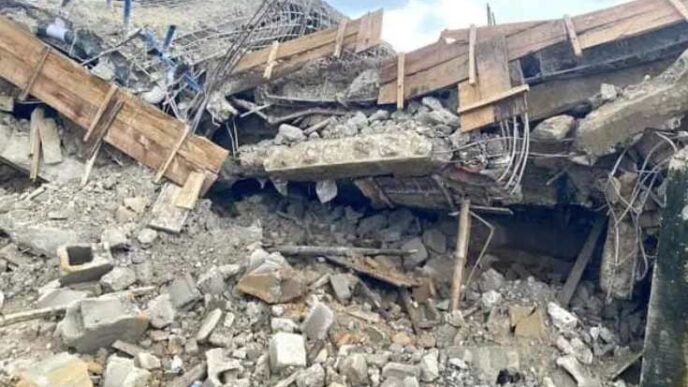The National Bureau of Statistics (NBS) has reported a decline in Nigeria’s headline inflation rate, which fell from 23.71 percent in April 2025 to 22.97 percent in May 2025.
Ironically, food inflation climbed to 21.14%, reflecting a 0.12% increase compared to the 2.06% recorded the previous month.
The Bureau disclosed these figures in its Consumer Price Index (CPI) report released on Monday, June 16, 2025, in Abuja.
“On a year-on-year basis, the Headline inflation rate was 10.98% lower than the rate recorded in May 2024 (33.95%),” the NBS stated.
“Furthermore, on a month-on-month basis, the Headline inflation rate in May 2025 was 1.53%, which was 0.33% lower than the rate recorded in April 2025 (1.86%).
This means that in May 2025, the rate of increase in the average price level is lower than the rate of increase in the average price level in April 2025.”
According to the statistics agency, the headline inflation was primarily driven by costs in food, accommodation, and transport services.
The NBS added that the food inflation rate in May 2025 stood at 21.14 percent year-on-year.
On a month-on-month basis, the food inflation rate was 2.19 percent in May, “up by 0.12% compared to April 2025 (2.06%),” the Bureau said.
“The increase can be attributed to the rate of decrease in the average prices of Yam, Avenger (Ogbono/Apon), Cassava Tuber, Maize Flour, Fresh Pepper, Sweet Potatoes, etc,” the NBS explained.
“The average annual rate of Food inflation for the twelve months ending May 2025 over the previous twelve-month average was 29.80%, which was 4.26% points lower compared with the average annual rate of change recorded in May 2024 (34.06%).”
According to the report, food inflation on a year-on-year basis was highest in Borno (64.36%), Bayelsa (39.85%), and Taraba (38.58%).
Conversely, states such as Katsina (6.90%), Rivers (9.18%), and Kwara (11.31%) recorded the slowest year-on-year food inflation increases.
The report further noted that on a month-on-month basis, food inflation was highest in Bayelsa (12.68%), Cross River (11.15%), and Anambra (9.10%), while the slowest rates were observed in Katsina (-5.42%), Jigawa (-4.02%), and Kaduna (-3.27%).














